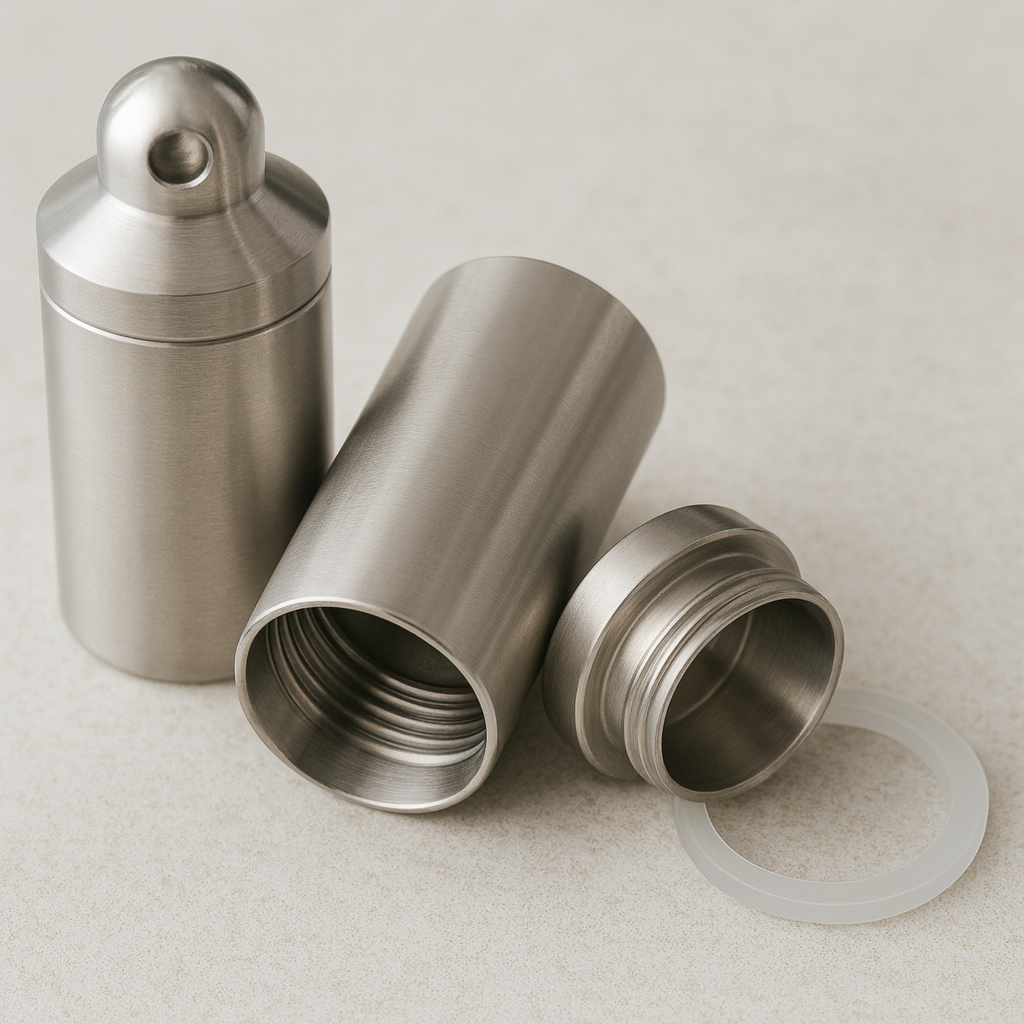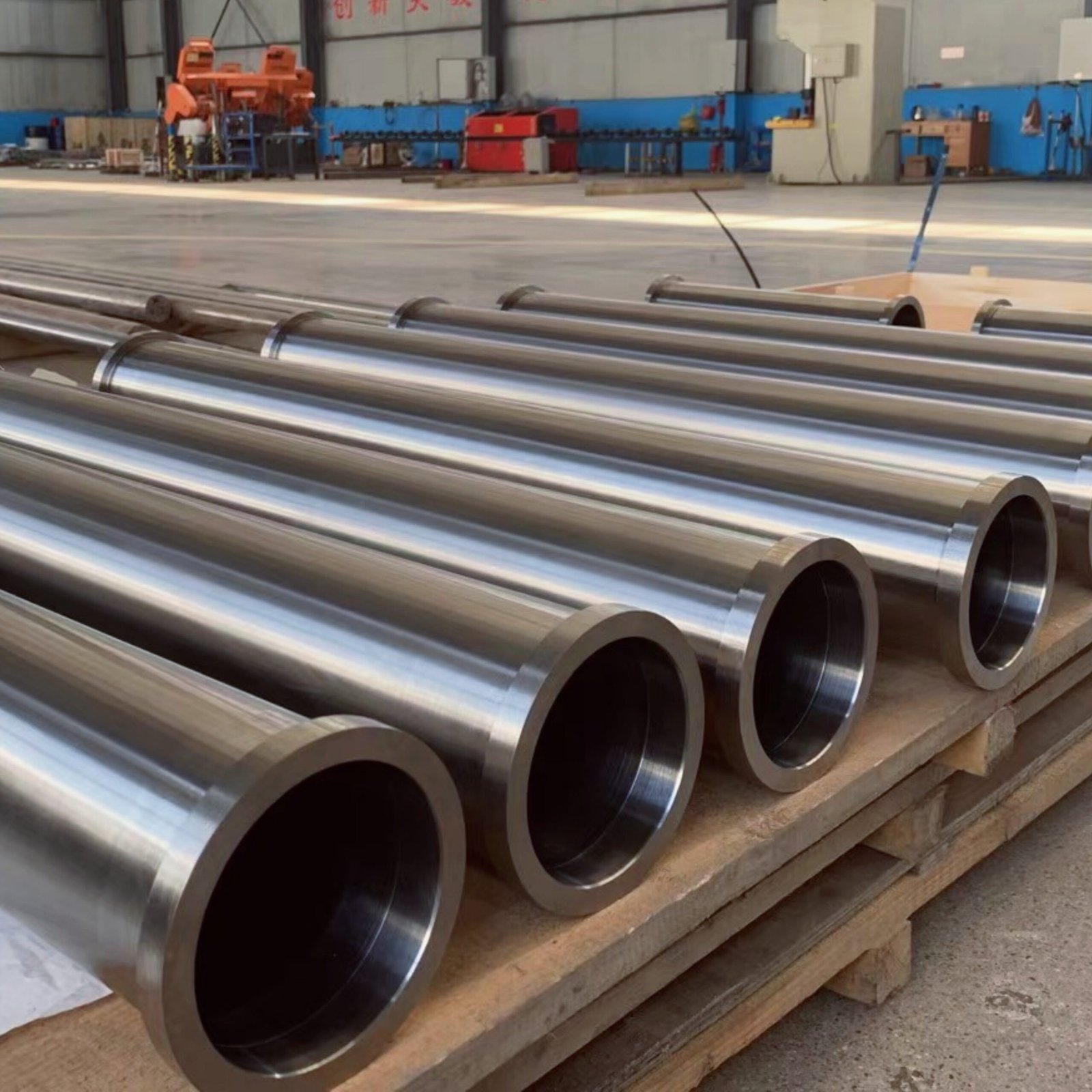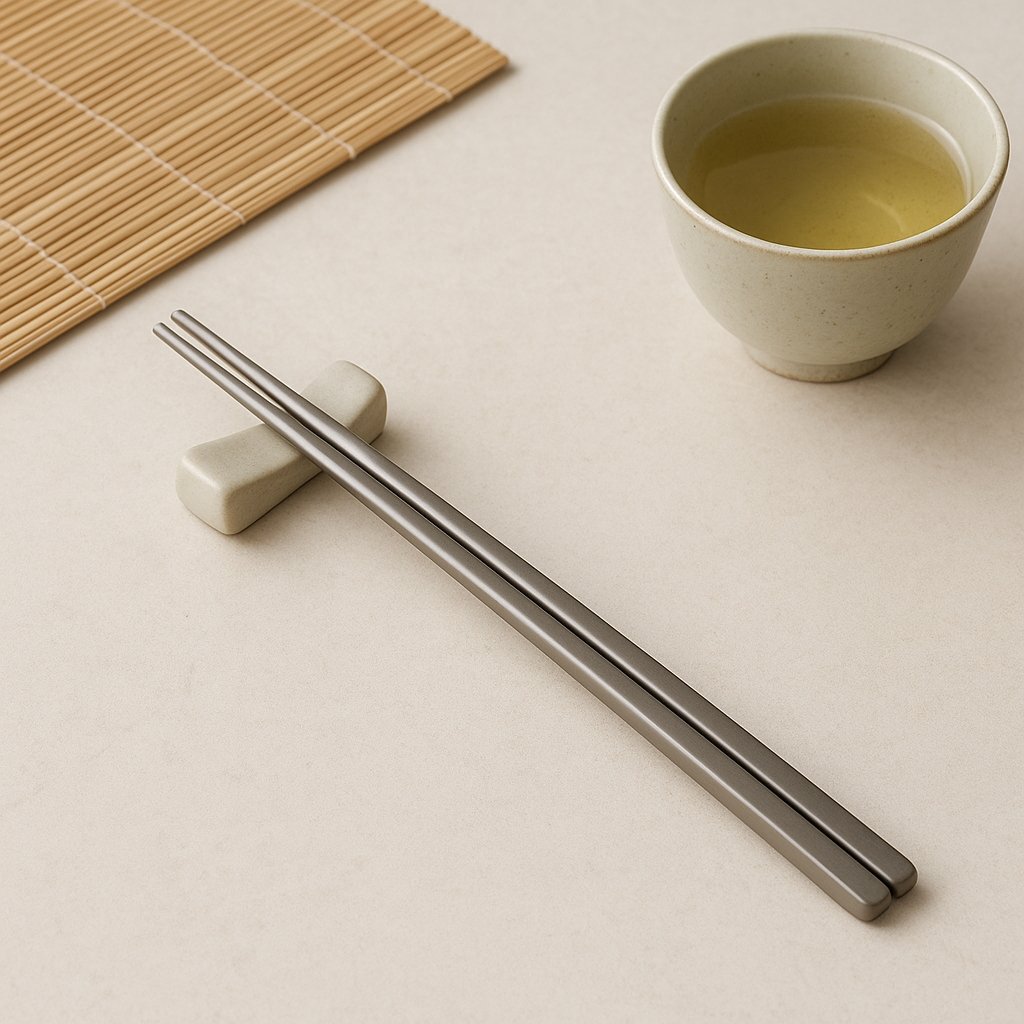Chopsticks have always been more than simple tools — they’re part of a quiet ritual that connects people through food. Whether at a family dinner or a quiet meal alone, the movement feels familiar: a pair of slender sticks balancing grains of rice, noodles, or vegetables. We rarely stop to question them. Yet the material we use every day — often wood, bamboo, or steel — may not be as harmless as it seems. Some absorb moisture and breed bacteria; others corrode, fade, or even leach traces of metal after years of use.
In recent years, as people pay more attention to what truly touches their food, a new choice has quietly entered the picture — titanium chopsticks. Not a trend, not a gimmick, but a thoughtful shift toward cleaner, safer, and more lasting dining.
A Material with a Different Story
Titanium has a reputation that extends far beyond the dining table. It’s the metal used in aerospace engineering, medical implants, and precision instruments — environments where failure is not an option. Its strength, stability, and chemical inertness make it uniquely trustworthy.
When that same material is brought into daily life, something interesting happens. Suddenly, the boundary between industrial technology and personal experience disappears. The same element that supports spacecraft or replaces bone inside the human body now finds a new role — one that’s quiet, domestic, and deeply human: the simple act of eating.
That connection alone gives titanium a story worth telling. It’s not about extravagance; it’s about trust.
Clean by Nature, Not by Coating
We live in an age of coatings and finishes — antibacterial sprays, non-stick layers, and protective films. They promise safety but often wear away with time. Titanium, in contrast, doesn’t need any of that. Its surface is naturally resistant to corrosion, bacteria, and chemicals.
Unlike bamboo or wood, titanium is non-porous, so it doesn’t trap moisture or absorb oils. And unlike coated metal chopsticks, it doesn’t rely on artificial layers that eventually peel or fade. The metal itself is stable and clean. A quick rinse under water is enough to restore it to a mirror-like shine.
This simplicity feels reassuring — not because it’s complex, but because it’s not. There’s no hidden maintenance routine, no fine print of what not to use. Just a pure, inert surface that quietly stays as it is.
A Different Kind of Comfort
At first, people expect titanium chopsticks to feel cold or heavy. But the moment you hold them, that expectation fades. They are surprisingly lightweight, well-balanced, and cool only for a moment before adjusting to your hand’s warmth.
Their brushed or matte texture offers a gentle grip, preventing food from slipping without feeling rough. Compared with stainless steel, titanium doesn’t transfer heat easily, so you can pick up hot food without discomfort. And when you’re eating, they feel less like tools and more like an extension of your fingers — precise, effortless, and quietly balanced.
There’s something calming about this experience. It’s not just eating; it’s a rhythm, a small connection between material, motion, and meal.
Built for a Lifetime, Designed for Less
We live surrounded by products that age too quickly — plastic containers that yellow, utensils that bend, coatings that wear off. Titanium stands apart from that cycle. It doesn’t corrode, rust, or deform. One pair of titanium chopsticks can last decades, possibly a lifetime.
From an environmental perspective, this matters. Every long-lasting object replaces dozens of disposable ones. And when its journey finally ends, titanium is fully recyclable, returning to the material cycle without waste. Choosing it is not just a question of durability — it’s a quiet decision for less waste and longer meaning.
But longevity also changes how we relate to things. A tool that lasts invites care. It becomes part of the table’s memory, like a familiar bowl or a favorite cup. The more it’s used, the more it feels like it belongs.
Between Modern Design and Cultural Tradition
Chopsticks carry centuries of cultural symbolism — balance, harmony, and the art of moderation. Titanium, on the other hand, represents progress and innovation. When the two meet, the result is beautifully symbolic: tradition meeting modernity, craft meeting science.
The metal’s subtle gray tone — sometimes tinted blue or gold through anodizing — fits seamlessly into modern dining aesthetics. It’s elegant but not showy, refined yet understated. Whether paired with porcelain dishes or minimalist table settings, titanium chopsticks quietly complement everything around them.
They remind us that progress doesn’t always mean reinventing; sometimes it means perfecting what already works.
A Small Change That Lasts
For something so simple, titanium chopsticks carry a surprising weight of meaning. They represent a shift toward conscious living — eating with tools that are safe, sustainable, and built with care. They’re not about status or luxury; they’re about the value of doing ordinary things exceptionally well.
And perhaps that’s the essence of modern design: taking something as humble as a pair of chopsticks and making it worthy of a lifetime. A reminder that even small details — when chosen thoughtfully — can transform our routines into something lasting, beautiful, and a little more human.



